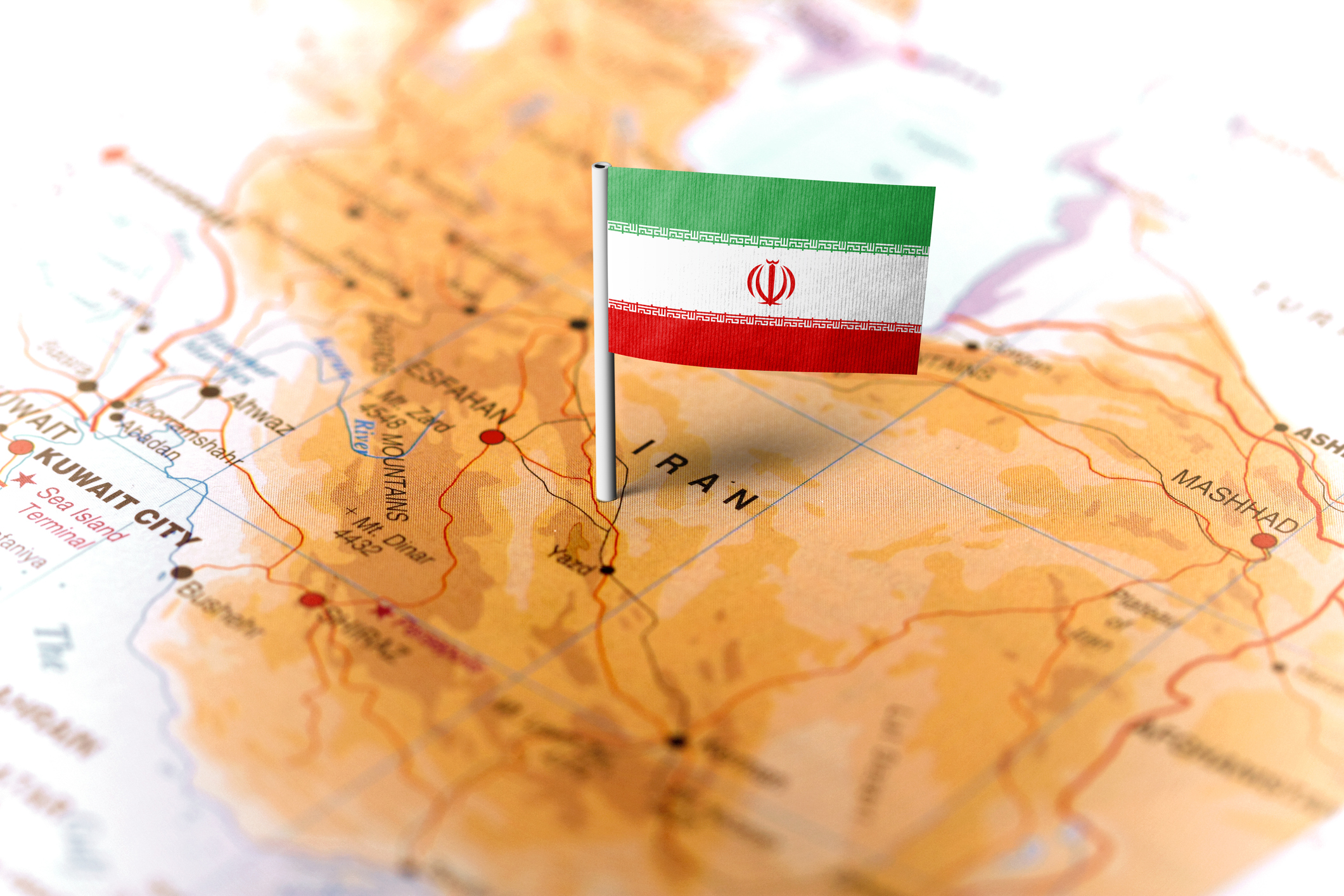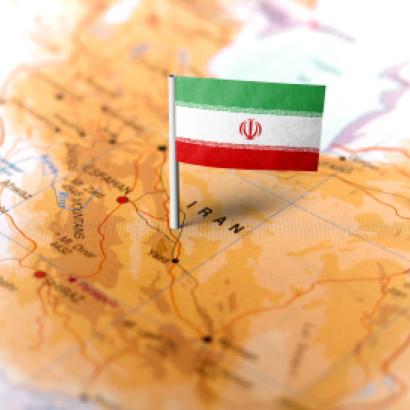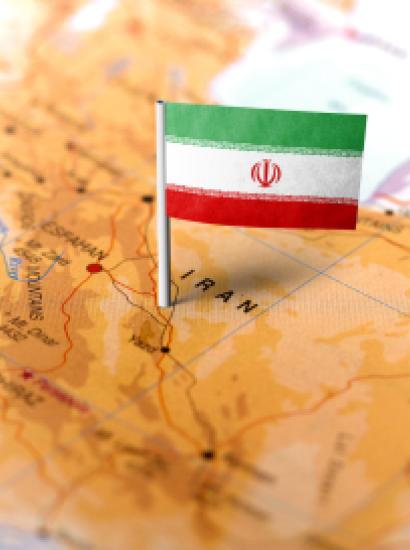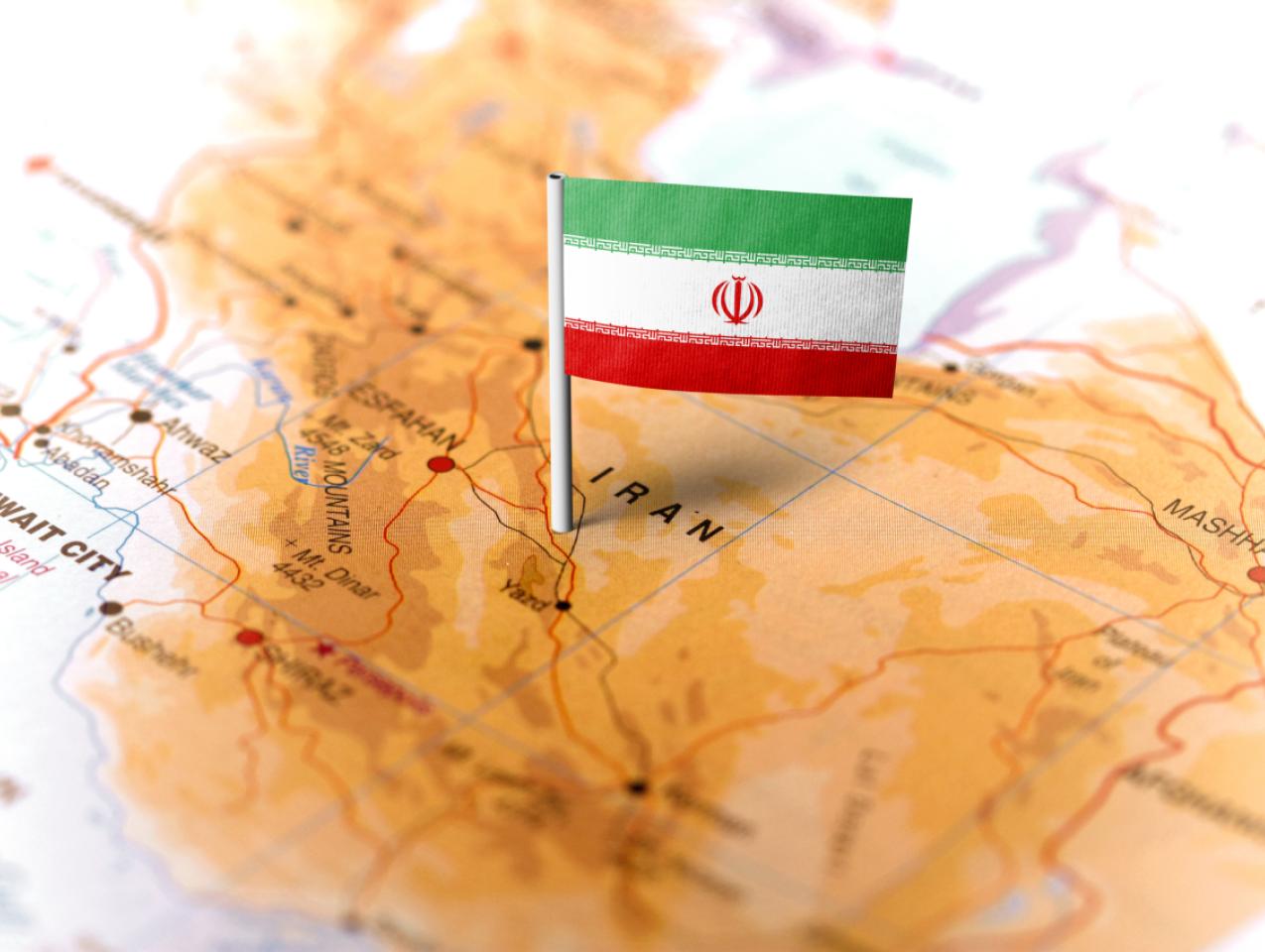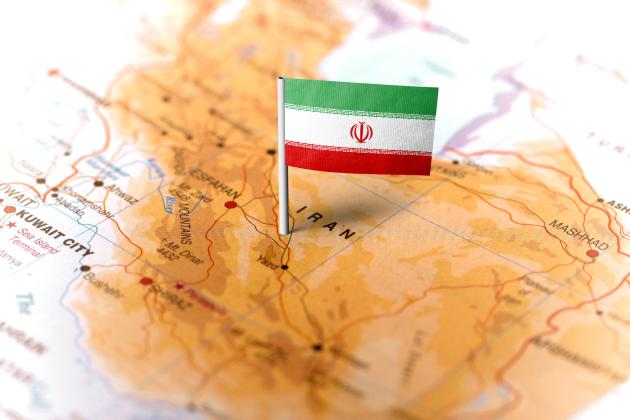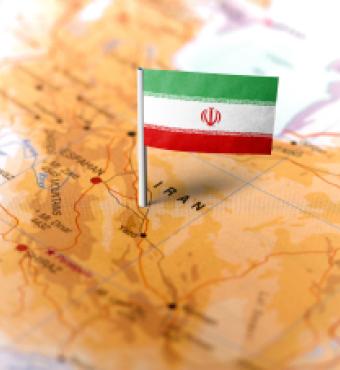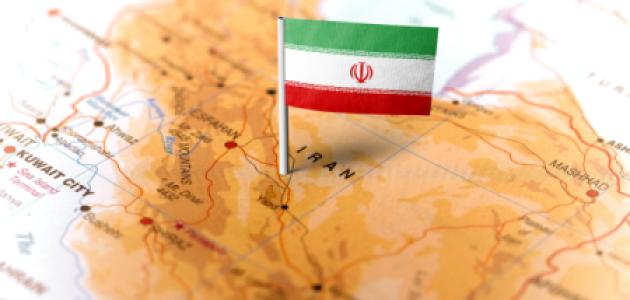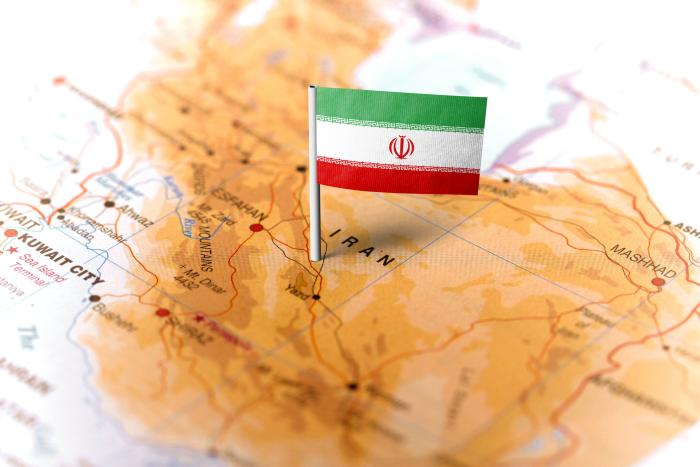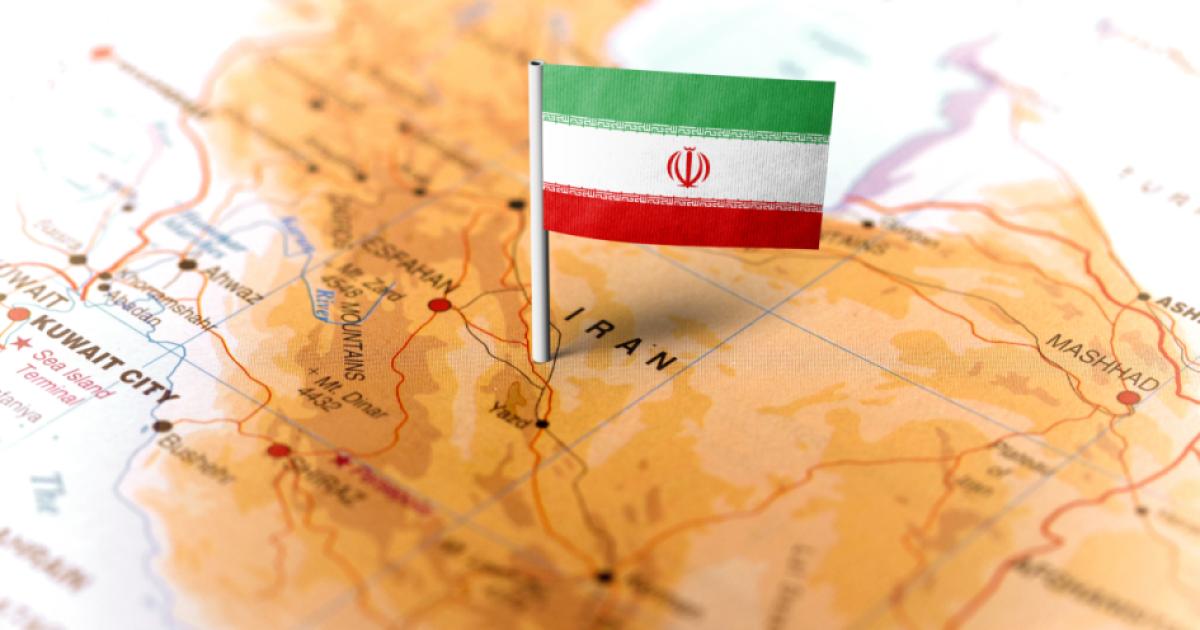It was not supposed to end this way. As protests erupted across the Arabic-speaking world, Iran seemed to be on the losing side. True, Iran’s leader, Ali Khamenei, had immediately called the uprisings in Egypt and Tunisia “an Islamic liberation movement” and hailed them as “reverberations of Iran’s 1979 Islamic revolution.” But as the protests spread from capital to capital and reached Damascus, not a few observers were confident that Iran would emerge weaker in the regional power game.
Such calculations were not without foundation. In Damascus, Iran’s only regional ally, Bashar al-Assad was losing ground, forcing Iran to commit manpower and treasure to shore up his regime. Iran’s all-out support for al-Assad meant that the Sunni-Shiite conflict became the dominant dividing line in regional politics. This diminished Iran’s propaganda efforts at portraying itself as a revolutionary Islamic force to Sunni Arabs, destroyed Hezbollah’s reputation as a resistance movement among Sunnis, worsened Iran’s relations with Turkey, and cornered the Palestinian terror organization Hamas, which had long been a useful tool for Iran. More importantly, with questions of freedom and justice dominating the Arab-speaking world, few in Alexandria, Aleppo, or Aden had interest in the Arab-Israeli conflict, removing the issue from Iran’s propaganda arsenal. Even the one bright spot for the Iranian regime—the uprising by Bahrain’s majority Shiite population—was soon crushed by Saudi Arabia’s ground intervention.
Seven years later, Iran has managed to emerge victorious, not only by successfully defending its turf, but also by acquiring new successes across the region. Bashar al-Assad remains in power and Western countries seem to be all but conceding that they can do little to change the facts on the ground. Iran’s alliance with Russia is stronger than ever and Turkey’s President Erdogan was forced to reach an accommodation with the Iranians. In Lebanon, Hezbollah’s domination of the country is complete, with Sunnis forced to accept its ally as president after years of deadlock. Moreover, the rise of the Islamic State provided Iran with an opportunity to strengthen its control over Baghdad, unleash militias loyal to it in the country, and even force Western powers to accept its role in the anti-Islamic State fight, turning Iran into an ally of the West. Utilizing fissures in Iraqi Kurdistan’s leadership, Iran was further able to roll back Kurdish gains, gain control of oil-rich Kirkuk, and undermine Kurdish aspirations and capabilities. In Yemen, despite historical doctrinal differences, Iran was able to utilize Zaidi grievances to undermine Saudi security; the Gulf dispute has only strengthened the Iranian-Qatari alliance.
Most important, however, is the nuclear agreement. Whether by design or ignorance, the nuclear agreement has only served to enshrine Iran’s position in the region. Leaving the scientific and compliance issues aside, and even accepting the Obama administration’s claims regarding the agreement stopping Iran from acquiring a nuclear weapon, Iran is today in a position where it does not even need a nuclear warhead, having achieved the results such a weapon would deliver. From the moment of its foundation, the Islamic Republic has had three key objectives; the regime’s survival at home, acceptance by the international community, and the spread of the revolution abroad. By design or ignorance, the Obama administration delivered those three objectives with the nuclear agreement, ensuring the regime that Western powers would not attempt to change it, accepting Iran as part of the international community and a legitimate regional power with interests beyond its borders, and turning a blind eye to the spread of Iranian hegemony in the region. Who needs a nuclear weapon, when all these three objectives have been secured?
The Trump administration has indicated its displeasure with its predecessor’s policies regarding the nuclear agreement and Obama's welcome of a Sunni-Shiite balance of power in the region. President Trump has strengthened ties with America’s traditional allies in the region, Israel and Saudi Arabia; supported Saudi war efforts in Yemen; and in general made rolling back Iran’s regional influence a key objective. Nonetheless, the administration has so far lacked both an overall strategy and a ground game plan to achieve that strategy. Selling more weapons to Sunni powers and launching a few missiles at al-Assad after his continued use of chemical weapons against his people will do little to defeat Iranian designs if they are not coupled with a political strategy.
In order to roll back Iranian hegemonic designs in the Middle East, the United States needs to develop a multifaceted strategy and a ground game that together address the sources of Iranian power, utilize its weaknesses, and shore up its competitors’ defenses. The first area of Iranian strength is its masterful ability to play internal fissures and grievances across the region to its advantage. Unlike American policy-makers, who remain fixated on the nation-state, Iranian policy-makers see a map of ethnic, political, and sectarian divides. With the political foundation of the broader Middle East—the nation state—crumbling, Iran has been able to utilize minority communities and create replicas of Hezbollah across the region. A US strategy designed to confront Iran’s regional hegemony should forgo the traditional mindset of nation-states and deal with the region as it truly is, by developing intrastate relations and not just interstate. Such a new mindset would require the United States to develop a Kurdistan strategy that acknowledges the Kurdistan Regional Government as an important ally with potential influence among all Kurdish speakers, including inside the Islamic Republic. Such a mindset would also forgo attempts at shoring up Lebanon’s Hezbollah-controlled government and military and instead focus on building alternative competing forces within the country.
The second source of Iranian strength has been its ability to monopolize Shiite religious authority. The Arab Shiites' gaze will remain on Tehran as long as the main dividing line in the region is the Sunni-Shiite conflict and as long as Arab Shiites feel threatened by Sunnis and fearful of Sunni hegemony. The United States should help strengthen Arab Shiite religious and secular actors who reject the Iranian model and who take pride in their Arab or country-based identities. Such figures exist in Iraq among both its religious authorities and its politicians. The United States should help them develop an effective counterstrategy to Iranian infiltration.
Third, Iran has mastered the propaganda game in the Middle East. Iran’s Arabic-language channel and media are highly effective in spreading Iranian propaganda, undermining American influence, and extending conspiracy theories about the West and Israel. With six million followers on Facebook, Iran’s Arabic-language TV channel, Al-Alam, is a powerful tool. Any effective US strategy should seek to undermine and counter its message.
Fourth, despite the small Shiite populations of North Africa, Iran has created a substantial constituency for its message across the region through the use of scholarly visits to Tehran, book fairs, lectures, and trade deals. Across the secular-Islamist divide in North African countries, Iran has been able to find allies. To Islamists, Iran presents itself, not as a Shiite Islamic State, but as the only successful Islamic state. To seculars, Iran presents itself as their ally against Sunni Islamism. An effective US strategy to counter Iranian influence would center on American embassies utilizing soft power to weaken Iranian ground game strategies.
Iran is not an omnipotent power. The Iranian regime has fundamental weaknesses that an effective US strategy should utilize. For millions of Arabic speakers across the Middle East and North Africa, the Iranian model offers nothing beyond more misery. Internal Iranian regime practices should be highlighted, especially those pertaining to ethnic and religious minorities inside the country. More importantly, a key reason for Iran’s ability to expand its power in the region has been the lack of a threat at home. Iran has thus been allowed to play offense. An effective US strategy to counter Iran’s hegemonic designs in the region should force the Iranian regime to play defense by strengthening alternative voices inside Iran, including political opponents and the multitude of minority communities that have been crushed by the Islamic Republic. Such a strategy should not have the goal of destabilizing Iran to the extent of a state collapse. But it should seek ways to weaken the regime’s control internally.
Regardless of any efforts the United States exerts to weaken Iranian expansion in the region, the fundamental weakness of the Arabic-speaking world’s political order will continue to invite interference and provide opportunities for Iranian designs. Any effective US strategy to counter Iran cannot ignore this fundamental flaw. America should instead shore up Iran’s competitors’ internal defenses. Policies by Sunni regimes that discriminate against their significant Shiite minority populations will continue to weaken them and increase Iran’s influence. The lack of pluralism in the region and the attempt to homogenize different ethnic and religious minorities is bound to create a deadly backlash—in fact, this has already occurred. While the United States cannot, and should not, solve the region’s internal ills, any effective US strategy should look for opportunities to help these countries and communities develop responsive, pluralistic, and representative institutions.
For generations, Arab nationalists have rejected any non-Arab role in regional politics. This policy is flawed and unrepresentative. The Middle East is not solely Arab, but is instead a region of diverse ethnic and religious communities. The framework of the Arab League was flawed from the start; replacing it with an imagined Sunni alternative is equally misguided. There is a place for Iran in the Middle East as an important player. But that place should be reserved for a different Iran, an Iran that does not seek hegemony, an Iran that accepts the regional order and does not seek to undermine its neighbors.







